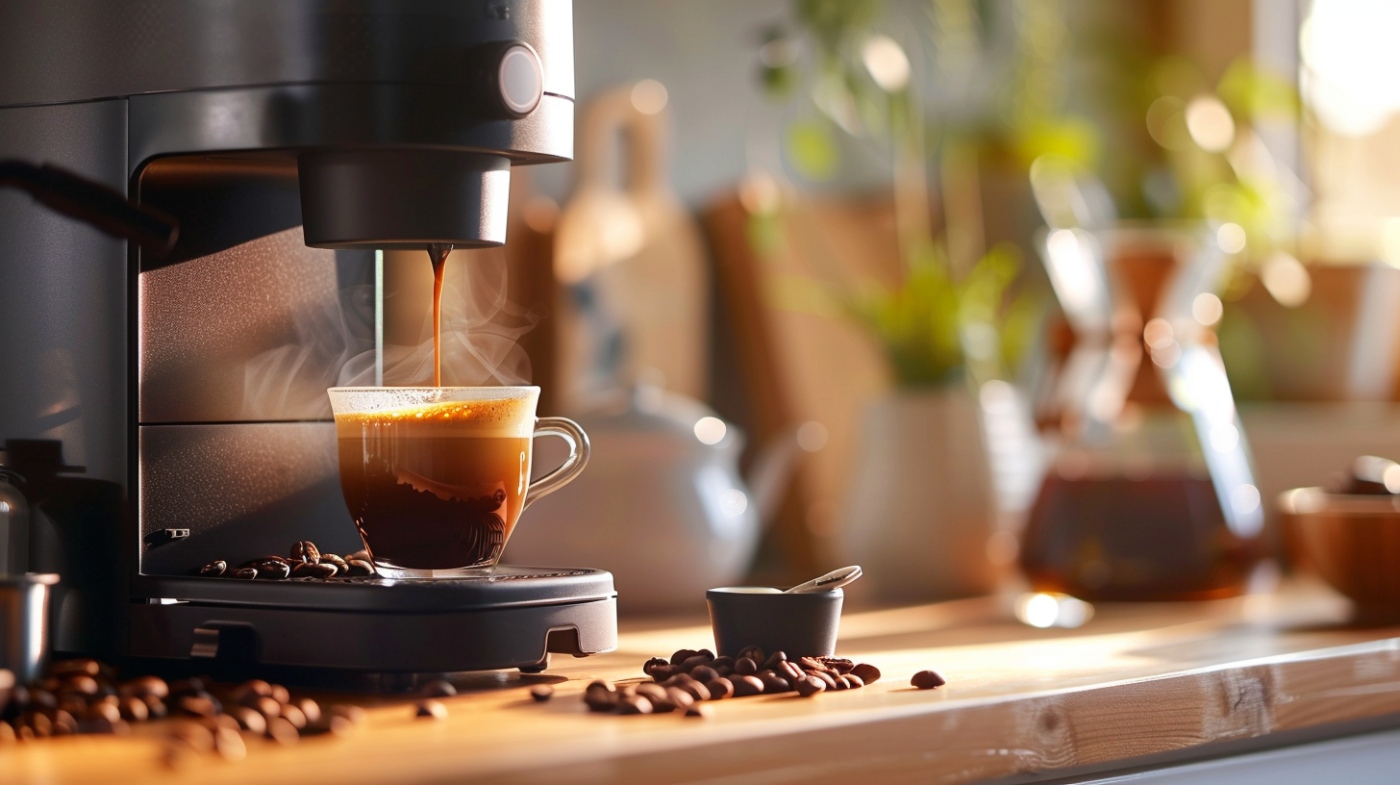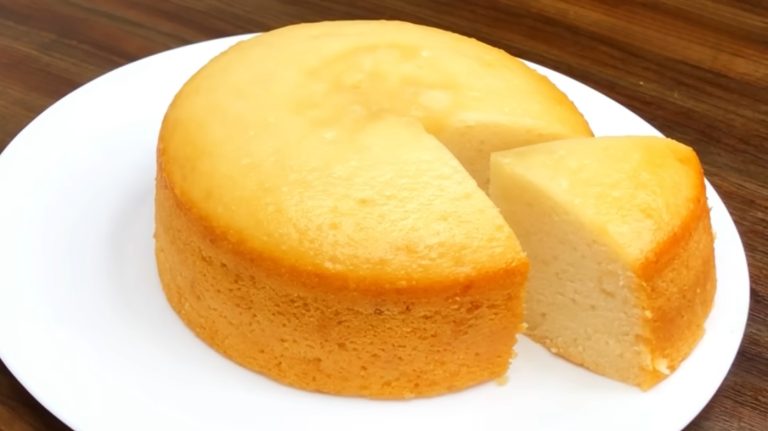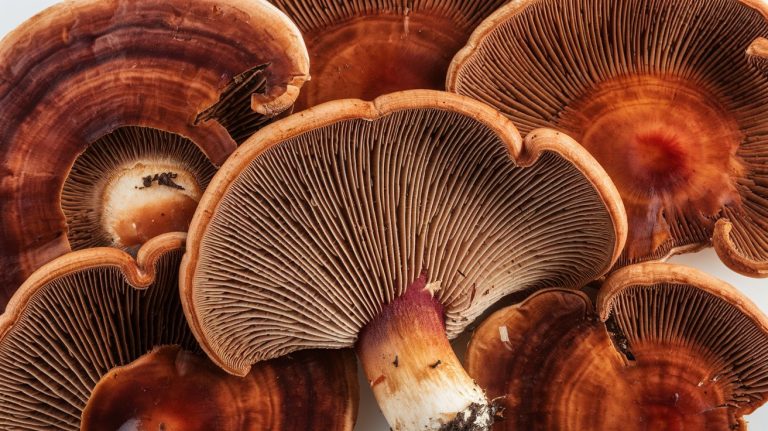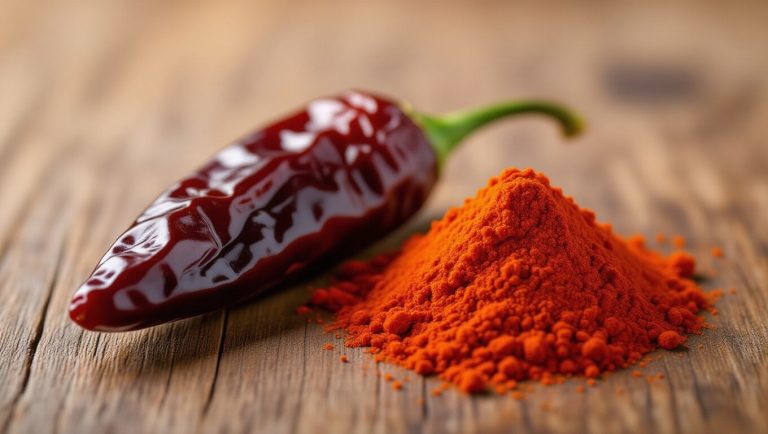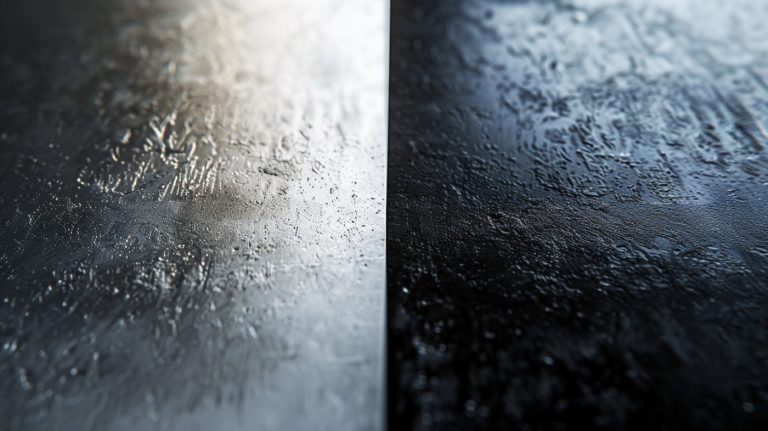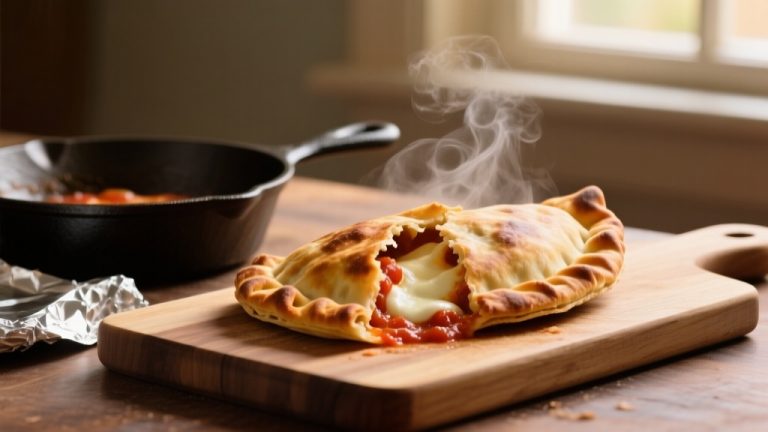How to Make Espresso With a Coffee Maker: Learn the Secret
To make espresso with a coffee maker, start by using a fine grind, similar to table salt, for ideal extraction. Aim for a coffee-to-water ratio of 1:2, using about 18-20 grams of coffee for a double shot. Preheat your water to around 200°F for the best flavor. Consistently tamp the coffee grounds before brewing to promote even extraction.
If you tweak the grind size and try dark roast beans, you can create a brew that rivals traditional espresso. There’s so much more to explore, including alternative methods and tips for enhancing your coffee experience.
Key Takeaways
- Use dark roast coffee and a fine grind size to mimic espresso’s intensity and flavor profile.
- Preheat water to approximately 200°F (93°C) for optimal extraction.
- Adjust the coffee-to-water ratio to around 1:2, using 18-20 grams of coffee for a stronger brew.
- Experiment with metal or cloth filters to achieve a fuller-bodied flavor in your coffee maker.
- Brew for a shorter time to enhance concentration and avoid over-extraction, aiming for 25-30 seconds.
Espresso Fundamentals
When you plunge into the world of espresso, you’ll quickly discover that it’s more than just a coffee; it’s an art form. Today, coffee is incredibly popular, and many people are turning to it instead of energy drinks due to its health benefits.
In fact, coffee is generally healthier than energy drinks, which often contain high levels of sugar and artificial additives. For example, check out the comparison between coffee and energy drinks to see the differences for yourself.
The key to mastering espresso lies in understanding its fundamentals.
For starters, the grind size is critical; it should be fine, akin to table salt. This precise grind allows for peak extraction when hot water is forced through the coffee grounds at around 9 bars of pressure.
Next, pay attention to the brewing method. You’ll want to use freshly roasted coffee beans, preferably medium to dark roast coffee, within 2-3 weeks of roasting for the best flavor. The standard coffee-to-water ratio is about 1:2, meaning you’ll typically use 18 to 20 grams of coffee for a double shot. Confirm your water temperature is between 190°F and 205°F for ideal results.
Don’t underestimate the importance of consistent tamping pressure and even distribution of the coffee grounds in the portafilter. This practice is essential for uniform extraction, enabling you to achieve rich, bold espresso shots that reflect the passion you invest in each cup.
In addition to these tips, don’t forget about cleaning your coffee maker regularly. A clean machine ensures that old coffee oils and residue don’t affect the flavor of your espresso, allowing you to experience the true essence of your carefully selected beans. A quick rinse and deep clean every few weeks will keep your espresso experience pure and delightful!
Drip Coffee Maker Overview
Espresso’s refined techniques can seem worlds apart from the more straightforward drip coffee maker, yet both methods have their unique charm and purpose in the coffee landscape.
A drip coffee maker brews coffee by allowing hot water to drip over coarser coffee grounds, utilizing gravity instead of pressure. This process results in a flavor profile that differs from espresso, often milder and less concentrated.
To emulate an espresso-like brew with your drip coffee maker, consider using dark roast coffee and a fine grind size. This combination enhances flavor concentration, creating a more robust cup. Achieving the ideal temperature is key; aim for around 200°F (93°C) for better extraction and flavor development.
When it comes to the coffee-to-water ratio, using 10-12 grams of coffee per 2-3 ounces of water can result in a stronger brew that mimics espresso intensity.
Brewing Process Comparison
When you compare espresso and drip coffee, you’ll notice significant differences in their brewing processes that affect flavor and strength.
Espresso relies on high pressure and a fine grind for rapid extraction, while drip coffee uses gravity and coarser grounds, leading to a less intense brew.
Exploring alternative methods and adjusting grind size can further influence your coffee experience, allowing you to capture some of that espresso essence even with a drip machine.
Espresso Vs. Drip Coffee
Often, coffee enthusiasts debate the merits of espresso versus drip coffee, focusing on their distinct brewing processes and flavor profiles.
Brewing espresso involves forcing hot water through finely ground coffee at high pressure—around 9 bars—resulting in a concentrated coffee shot with bold flavors and about 60 mg of caffeine per ounce.
The grind size is vital here; you need a fine grind, akin to table salt, to facilitate this quick extraction. Using a top-quality Nespresso machine can simplify this process, providing consistent results and a rich espresso experience with minimal effort.
In contrast, drip coffee makers rely on gravity to slowly drip hot water over coarser coffee grounds. The coffee-to-water ratio for drip coffee typically ranges from 1:15 to 1:18, yielding a more diluted beverage with around 11 mg of caffeine per ounce. This brewing method takes several minutes, allowing the flavors to extract gradually.
When you’re brewing espresso, the recommended coffee-to-water ratio is about 1:2, which enhances its concentrated nature. The entire brewing process takes just 25 to 30 seconds, highlighting the efficiency and intensity of espresso.
Impact of Grind Size
The grind size of your coffee beans plays a significant role in the brewing process, directly affecting the flavor and strength of your espresso-style coffee. To achieve that concentrated flavor, finely ground coffee, similar to table salt, is vital.
If your grind is too coarse, the coffee may extract too quickly, leading to a sour taste. Conversely, an overly fine grind can result in over-extraction, producing bitterness that overshadows the intended profile.
For ideal results, aim for about 10-12 grams of coffee to 2-3 ounces of water. This ratio enhances concentration and brings out the rich flavors you desire.
Consistency is key; using a burr grinder guarantees uniform grind size, which is essential for balanced extraction and a high-quality brew.
Adjusting your grind size is one of the primary methods to refine the brewing process, as it directly impacts both brewing time and flavor characteristics.
Crafting Espresso-Like Coffee
Crafting espresso-like coffee with a drip coffee maker can be a rewarding experience, allowing you to enjoy a rich, concentrated brew right at home. To achieve this, start with dark roast coffee, which enhances the depth of flavor. Use a fine grind to increase surface area and extraction efficiency.
Here are some key steps to take into account:
- Preheat your water to around 200°F (93°C) for ideal brewing.
- Use a coffee-to-water ratio of 10-12 grams of coffee to 2-3 ounces of water for a stronger brew.
- Experiment with brewing times; adjusting these can help you mimic the high-pressure extraction of traditional espresso.
- Opt for a metal filter, as it allows oils to pass through, resulting in a fuller-bodied flavor compared to paper filters.
Before you begin, thoroughly clean your coffee maker to eliminate any residue, and always use fresh, cold water.
Alternative Brewing Techniques
If you’re looking to expand your coffee-making repertoire beyond drip coffee, several alternative brewing techniques can help you achieve that rich, espresso-like flavor. Each method has its own unique approach, but they all emphasize the importance of using finely ground coffee and a medium to dark roast.
| Brewing Method | Key Features |
|---|---|
| Moka Pot | Uses steam pressure to produce rich coffee. Ideal for medium to dark roast beans. |
| AeroPress | Manual press method, brews in 20-30 seconds. Coffee-to-water ratio is approximately 1:3. |
| French Press | Short steeping time of about 4 minutes. Can yield a stronger brew resembling espresso. |
| Brewing Tips | Experiment with water temperature (around 200°F) and adjust the coffee-to-water ratio for best results. |
The Moka Pot is a classic choice, effectively forcing water through coffee grounds for a full-bodied brew. The AeroPress excels in speed and versatility, while the French Press offers a strong flavor profile when executed correctly. Regardless of the method, maintaining the right brewing variables is essential for crafting a satisfying espresso-style coffee.
Coffee Filter Impact
When brewing espresso-style coffee, the choice of filter can dramatically affect flavor extraction and overall experience.
Paper filters might give you a cleaner cup, but they can mute the rich, complex flavors you crave.
On the other hand, metal filters let those essential oils shine through, creating a bolder, more robust brew that truly captures the essence of espresso.
Filter Types Comparison
Choosing the right filter type can dramatically affect your espresso experience. Each of the filter types brings its unique characteristics to the brew, influencing both the taste and texture of your espresso-like coffee. Understanding these differences is essential for achieving your desired flavor profile.
- Paper Filters: Absorb oils, leading to a cleaner cup but may lessen the richness of flavors.
- Metal Filters: Allow oils to pass through, providing a fuller-bodied flavor, though often resulting in a cloudier brew.
- Cloth Filters: Balance between paper and metal, retaining some oils for enhanced flavor while ensuring a clean brew.
- Aeropress Filters: Yield a clean, full-bodied espresso-like coffee but are specifically designed for AeroPress use, not standard drip coffee makers.
Experimenting with these filter types can reveal new dimensions in your brewing process.
Whether you favor the clarity of paper, the richness of metal, or the balance of cloth, each choice shapes your final cup.
Embrace the journey of discovery to find what best complements your taste preferences and enhances your espresso-making skills.
Don’t underestimate the impact of your filter – it’s a vital element in your quest for the perfect brew.
Flavor Extraction Impact
The type of coffee filter you select directly influences flavor extraction, shaping the overall profile of your espresso-style coffee.
Paper coffee filters absorb oils, resulting in a cleaner brew that can sometimes lack richness. This clean profile may suit certain palates, but if you desire a bolder experience, consider using metal filters. These allow oils to pass through, contributing to a fuller-bodied flavor, albeit with a cloudier cup.
If you’re seeking a middle ground, cloth filters retain some oils while filtering out larger particles, enhancing the complexity of the flavor profile.
Your choice of filter also impacts the extraction process. For instance, when using paper filters, you might need to adjust your brewing time slightly to reach your desired strength. A shorter brewing time may work better with metal filters, as they facilitate faster extraction.
Ultimately, experimenting with different types of coffee filters can lead to improved flavor extraction and a more personalized espresso-like experience.
Practical Brewing Tips
To brew a delicious espresso-like coffee using a drip coffee maker, you’ll want to pay close attention to your coffee’s grind size and roast level. Start with dark roast coffee and grind it finely. For the best results, aim for a coffee-to-water ratio of 10-12 grams of coffee for every 2-3 ounces of water.
Here are some practical tips to enhance your coffee brewing experience:
- Preheat the water to about 200°F (93°C) for ideal extraction.
- Use fresh, cold water to guarantee the best flavor and always clean your coffee maker well.
- Experiment with different filters—metal for a fuller-bodied flavor or paper for a cleaner finish.
- Adjust brewing time and grind size based on your preferences to improve consistency.
Exploring Espresso Drinks
Espresso drinks offer a delightful exploration of flavors and textures that can elevate your coffee experience. At their core, these beverages rely on the perfect espresso shot, which is a concentrated 1-ounce brew crafted under 9 bars of pressure. By adding varying amounts of steamed milk or foam, you create a diverse range of drinks to suit your palate.
Here’s a quick guide to some popular espresso drinks:
| Espresso Drink | Ingredients | Flavor Profile |
|---|---|---|
| Americano | Espresso shot + Hot water | Milder, bold espresso |
| Macchiato | Espresso shot + Steamed milk | Strong with a creamy hint |
| Latte | Espresso shot + Steamed milk | Smooth and rich |
| Mocha | Espresso shot + Steamed milk + Chocolate syrup | Sweet and creamy |
When you explore these espresso drinks, you’ll appreciate how they balance the robust characteristics of traditional espresso with the soothing qualities of steamed milk.
Frequently Asked Questions
Can You Make Espresso in a Normal Coffee Maker?
You can’t make true espresso in a normal coffee maker, but you can create a stronger coffee. Use finely ground dark roast, adjust your coffee-to-water ratio, and preheat the water for better flavor extraction.
Can I Use Regular Coffee in an Espresso Machine?
You can use regular coffee in an espresso machine, but keep in mind that 70% of espresso blends are dark roasts. For the best flavor, grind finely and aim for a 1:2 coffee-to-water ratio.
How Do You Make Espresso With Ground Coffee?
To make espresso with ground coffee, choose a dark roast, use a fine grind, and maintain a coffee-to-water ratio of 10-12 grams per 2-3 ounces. Preheat water to 200°F for ideal extraction. Enjoy the rich flavors!
How Do You Make Espresso Without an Espresso Machine?
You don’t need an espresso machine to craft rich coffee. Try a Moka pot or AeroPress, using fine grind and precise ratios. Adjust steeping times for stronger brews, achieving that concentrated flavor you crave.
Brewing Beyond Boundaries: Achieving Espresso-Style Coffee at Home
To sum up, while a traditional coffee maker can’t replicate the intense experience of true espresso, you can still create a rich, flavorful coffee that’s close to the real thing. Think of it as painting on a canvas; with the right techniques and attention to detail, you can craft a masterpiece in your cup.
Embrace the journey of experimentation, and soon you’ll find yourself enjoying espresso-like brews that satisfy your cravings and awaken your senses. Happy brewing.

